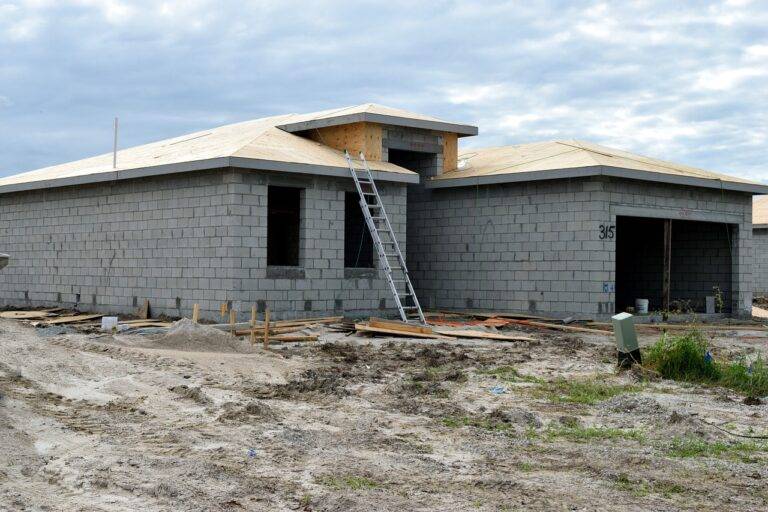Maximizing Energy Efficiency in AV Systems: World 7 login, Mahadev book id login, Silver777 login
world 7 login, mahadev book id login, silver777 login: Maximizing Energy Efficiency in AV Systems
In today’s digital age, Audio-Visual (AV) systems are ubiquitous in homes, offices, and public spaces. With the increasing demand for high-quality audio and video experiences, AV systems have become more complex and powerful. However, with great power comes great energy consumption. Energy efficiency is a crucial consideration for AV systems to reduce operating costs, minimize environmental impact, and extend the lifespan of equipment. In this article, we will explore strategies to maximize energy efficiency in AV systems.
Energy-Efficient Components
One of the most effective ways to improve energy efficiency in AV systems is to use energy-efficient components. When purchasing AV equipment, look for products with energy-efficient certifications such as Energy Star. These products are designed to consume less power without compromising performance. LED displays, for example, are more energy-efficient than traditional LCD or plasma screens. Similarly, energy-efficient amplifiers and speakers can significantly reduce power consumption without sacrificing sound quality. By investing in energy-efficient components, you can save money on electricity bills and reduce your carbon footprint.
Power Management
Power management is another key factor in maximizing energy efficiency in AV systems. By implementing power-saving features such as automatic shut-off and standby modes, you can reduce energy consumption when equipment is not in use. Programmable timers can be used to turn off AV systems during off-peak hours or when they are typically not in use. Additionally, power management software can be installed to monitor and control power usage across multiple devices. By effectively managing power consumption, you can lower energy costs and prolong the lifespan of AV equipment.
Optimal System Design
Designing an AV system with energy efficiency in mind is essential for maximizing performance and minimizing energy consumption. Proper system design includes considerations such as equipment placement, ventilation, and cable management. By ensuring adequate airflow around equipment, you can prevent overheating and reduce the need for cooling systems that consume additional energy. Cable management is also crucial for maintaining optimal performance and preventing energy loss due to signal interference or power surges. Additionally, grouping related equipment together can make it easier to power off unused devices and save energy.
Energy Monitoring and Analysis
Monitoring and analyzing energy usage in AV systems can provide valuable insights into opportunities for improving energy efficiency. Energy meters and monitoring software can track power consumption in real-time, identify energy-intensive devices, and pinpoint areas for optimization. By analyzing energy data, you can adjust settings, upgrade equipment, or implement power-saving strategies to reduce energy waste. Regular energy audits can also help identify opportunities for improvement and track progress towards energy efficiency goals. By staying informed about energy usage, you can make informed decisions to maximize energy efficiency in AV systems.
Recurring Maintenance and Upgrades
Regular maintenance and upgrades are essential for ensuring the long-term energy efficiency of AV systems. Dust accumulation, cable damage, and equipment malfunction can impact performance and increase energy consumption. By performing routine maintenance such as cleaning filters, inspecting cables, and calibrating equipment, you can prevent energy loss and extend the lifespan of AV components. Upgrading outdated equipment with energy-efficient models can also lead to significant energy savings over time. By investing in recurring maintenance and upgrades, you can optimize energy efficiency and improve the overall performance of AV systems.
Integration with Smart Home Technology
Integrating AV systems with smart home technology can enhance energy efficiency and convenience. Smart thermostats, lighting controls, and power outlets can be synchronized with AV equipment to automate energy-saving routines. For example, AV systems can be programmed to turn off when no one is in the room or adjust settings based on occupancy and natural light levels. By leveraging smart home technology, you can create a more energy-efficient and sustainable AV environment. Additionally, integrating AV systems with smart home assistants such as Alexa or Google Home can provide voice-activated control and further enhance user experience.
FAQs
Q: How can I calculate the energy consumption of my AV system?
A: You can calculate the energy consumption of your AV system by using an energy meter or monitoring software that tracks power usage in real-time. Simply connect the meter to your devices and monitor the energy consumption over a specific period to determine the total energy usage.
Q: What are some common energy-saving features in AV equipment?
A: Some common energy-saving features in AV equipment include automatic shut-off, standby mode, power-saving settings, and energy-efficient components such as LED displays and amplifiers. These features are designed to reduce power consumption when devices are not in use or during periods of low activity.
Q: How can I optimize power management in my AV system?
A: To optimize power management in your AV system, consider implementing programmable timers, power management software, and energy-efficient settings. By scheduling power-off times, monitoring energy usage, and adjusting settings based on usage patterns, you can effectively manage power consumption and improve energy efficiency.
Q: What are the benefits of energy-efficient AV systems?
A: Energy-efficient AV systems offer several benefits, including reduced operating costs, lower electricity bills, reduced environmental impact, extended equipment lifespan, and improved overall performance. By maximizing energy efficiency in AV systems, you can save money, conserve energy, and enhance sustainability.
In conclusion, maximizing energy efficiency in AV systems is essential for reducing operating costs, minimizing environmental impact, and improving performance. By using energy-efficient components, implementing power management strategies, optimizing system design, monitoring energy usage, performing recurring maintenance, and integrating smart home technology, you can create a more sustainable and efficient AV environment. By following these guidelines and incorporating energy-saving features into your AV system, you can reduce energy consumption, save money, and enhance user experience.







